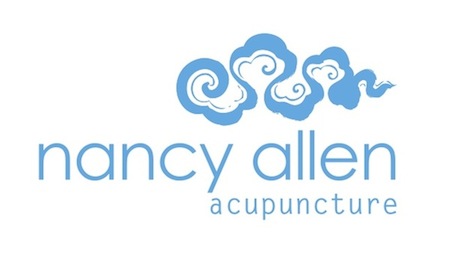Cupping
/If you're afraid of needles but curious about Eastern Medicine, perhaps you should try cupping. Practitioners use glass cups to create a suctioning effect by lighting the inside of the cups with fire and quickly applying the cup to acu points. The cups can either remain on the points or can be applied on lubricated skin and moved along the skin gently (sliding cupping) which is particularly effective for loosening painful muscles. The vacuum effect that is created by the fire draws pathogens from deep in the body out to the surface to be more readily circulated and eliminated.
The earliest known records of cupping come from an Egyptian text in hieroglyphics in the Ebers Papyrus, the oldest medical textbook known, from 1550 BC. In it, cupping is used for treating fever, pain, vertigo, and menstrual imbalances. The history of Chinese cupping dates back to the year 281 AD, where it was described in a medical text called The Handbook of Prescriptions for Emergencies. The text was written by Ge Hong, a renowned herbalist and accomplished healer. During the Tang Dynasty, cupping was used as the main treatment for tuberculosis, and still today acupuncturists often use cupping to treat coughs and colds.

